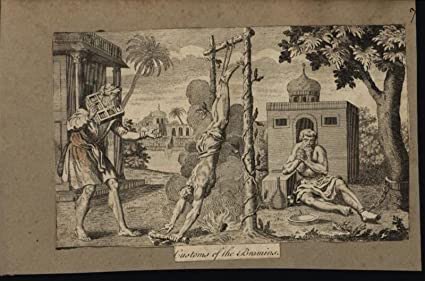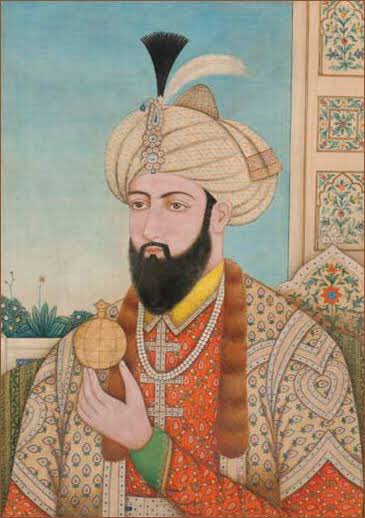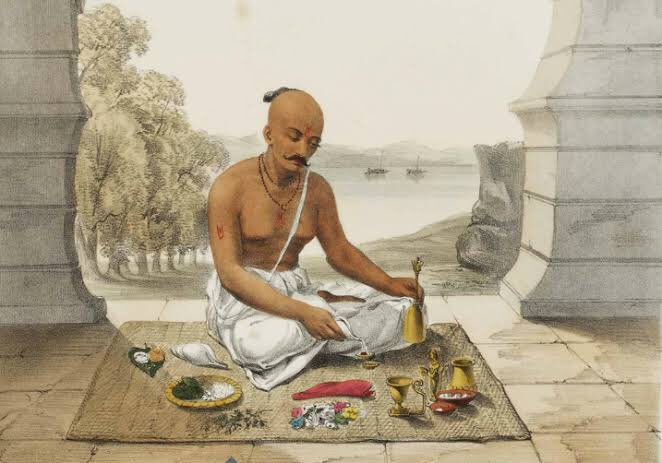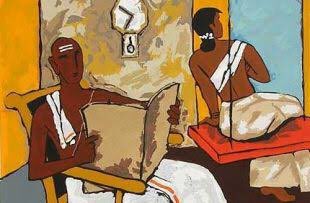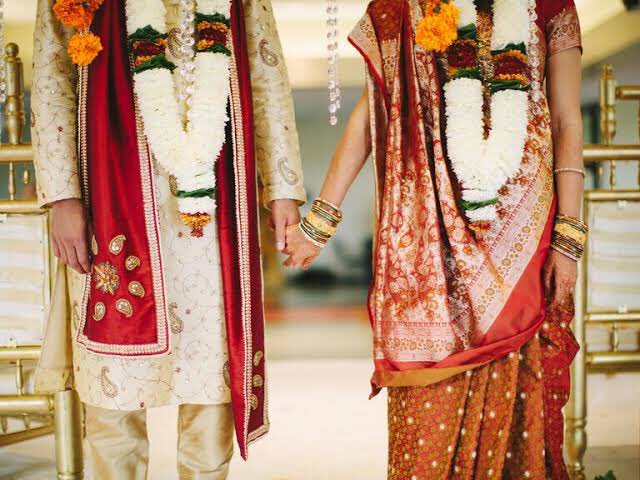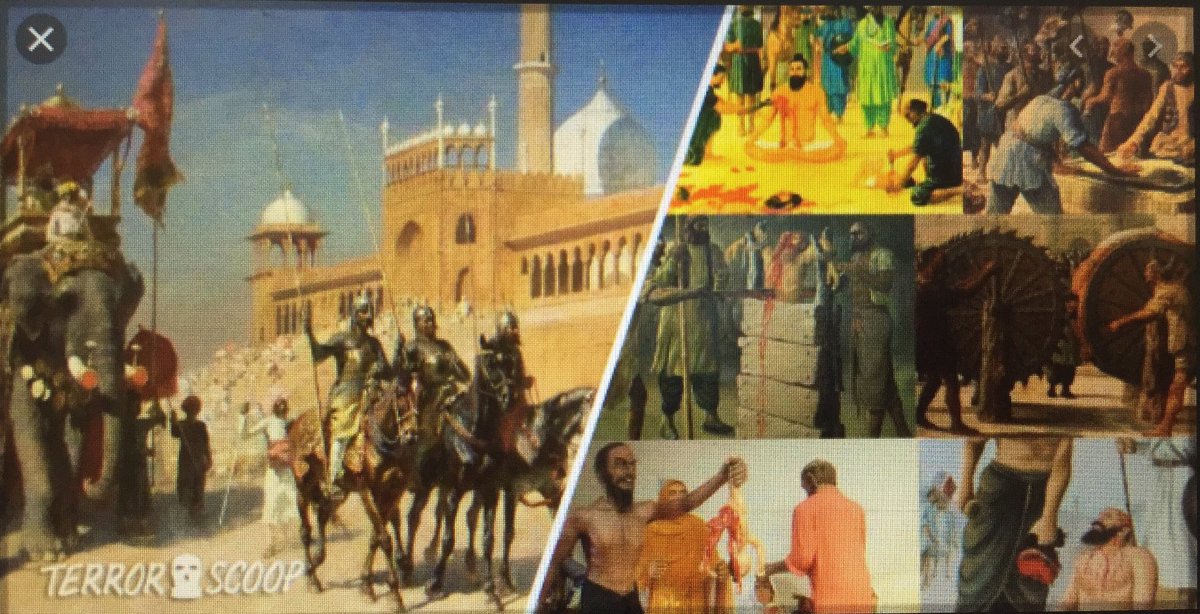
#Thread on how Alberuni (970-1039 CE), the Iranian scholar has paid his tribute to Charaka, ancient genius researcher & practitioner in Ayurveda & Indic medicine system, & Nagarjuna, our legendary Indian chemist from past. #history #india #medicines #ayurveda #science #medieval 




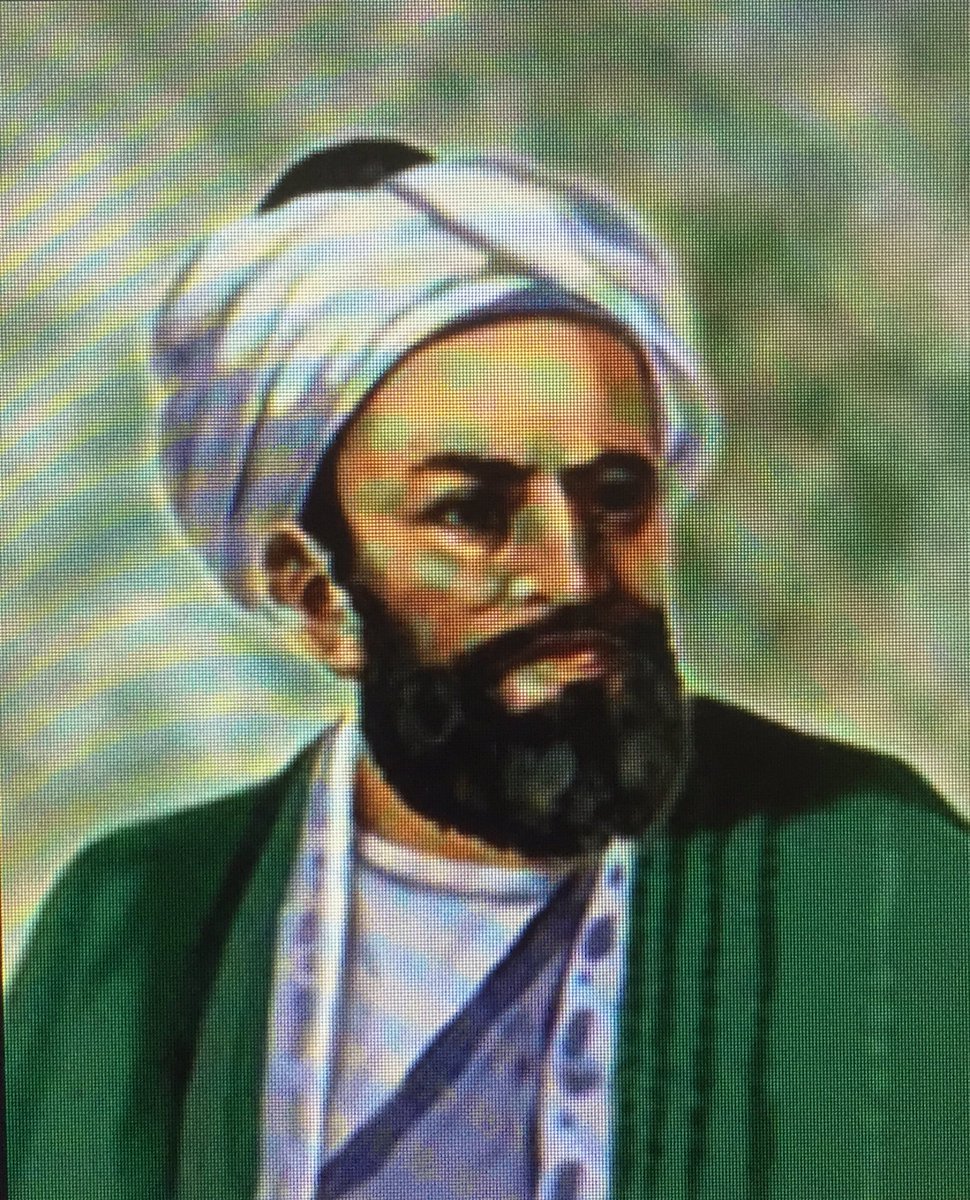
Alberuni in his book, has recorded the following about Charaka, the ancient genius in Ayurveda :-
“Medicine belongs to the same class of sciences as astronomy, but there is this difference, that the latter stands in close relation to the religion of the Hindus... 



They have a book called by the name of its author, i, e. Caraka, which they consider as the best of their whole literature on medicine. 



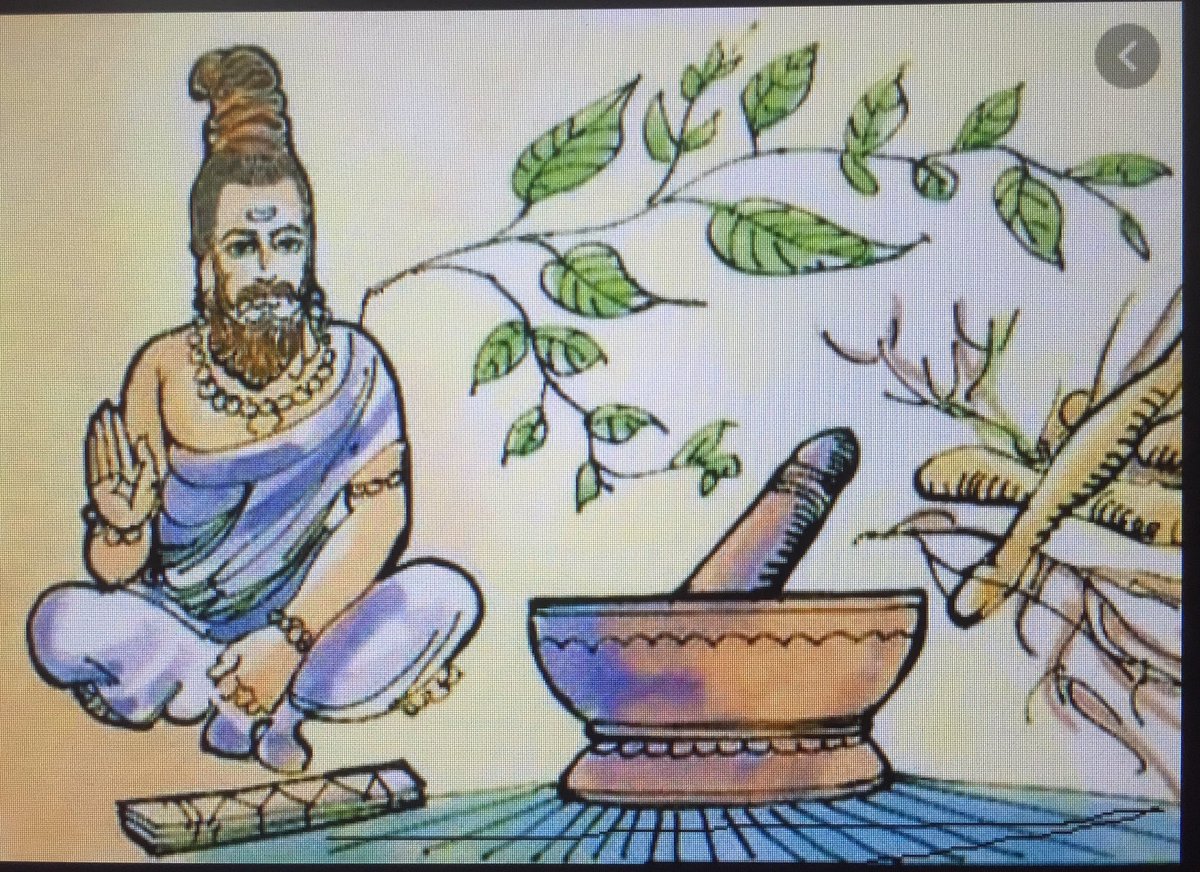



According to their belief, Caraka was a Rishi in the last Dvapara-yuga, when his name was Agnivesa, but afterwards he was called Caraka, i.e, the intelligent one, after the first elements of medicine had been laid down by certain Rishis, the children of Sutra. 







These latter had received them from Indra, Indra from Asvin, one of the two physicians of the Devas, and Asvin had received them from Praja-pati, i.e, Brahma, the first father. This book has been translated into Arabic for the princes of the house of the Barmecides.” 







Then, Alberuni records this about the legendary Nagarjuna and Science of Rasayana (Chemistry):-
“They have a science similar to alchemy which is quite peculiar to them. They call it Rasayana, a word composed with rasa, i.e. gold. It means an art which is restricted to certain operations, drugs, and compound medicines, most of which are taken from plants. 

Its principles restore the health of those who were ill beyond hope, and give back youth to fading old age, so that people become again what they were in the age near puberty; white hair becomes black again, 



the keenness of the senses is restored as well as the capacity for juvenile agility, and even for cohabitation, and the life of people in this world is even extended to a long period.”
“A famous representative of this art was Nagarjuna, a native of the fort Daihak, near Somanath. He excelled in it, & composed a book which contains the substance of the whole literature on this subject, and is very rare. He lived nearly a hundred years before our time…” 



Source and Credit :-
1)THE INDIA THEY SAW (VOL-2) by MEENAKSHI JAIN
2) Alberuni’s India Vol. I, pp., 152-159, translated by Sachau, Edward,Atlantic Publishers and Distributors, 1989.

1)THE INDIA THEY SAW (VOL-2) by MEENAKSHI JAIN
2) Alberuni’s India Vol. I, pp., 152-159, translated by Sachau, Edward,Atlantic Publishers and Distributors, 1989.


@AartiAuthor @harshasherni @PragTi09 @Angriy_BiRd @Ms_Poojaraj @mamatarsingh @DharmaSthapana_ @Itishree001 @JyotiKarma7 @jtiku @Mahender_Chem @DeshBhaktReva @Savage_shree @VaruKrutika @dhingramahima9 @apparrnnaa @i__Mystic @Shailesh_2017 @shradhasumanrai @VedicWisdom1 👆
@ulhascs79 @SVOjha @balajidesigr @DivyaParker @Sampoorn10 @Indic_Policy @RakhiSh45953990 @Sachai_ki_bhakt @sucharita_sj @ss_aarthi @plausible_pleb @ProfVemsani @jammed_circuit @manusmriti3010 @Archie_Bhardwaj @Factualpwrcrown @anita_gupte @wanysharma @SVOjha 👆
@drmoghes @unheardvoice07 @BhagwaDhvaj @nitayuvani @Tanvangi17 @VipashaRanjan @RayNiyati_23 @vinirish @BahuRaani @Karma_Kaali @Ghani_Bewdi @AntiTrads @ss_aarthi @Mishra_jiiiii @Mahadevangini @khyatianand3 @SheetalPronamo @YoginiPratibha @VertigoWarrior @thegoldenjhumka 👆
• • •
Missing some Tweet in this thread? You can try to
force a refresh


